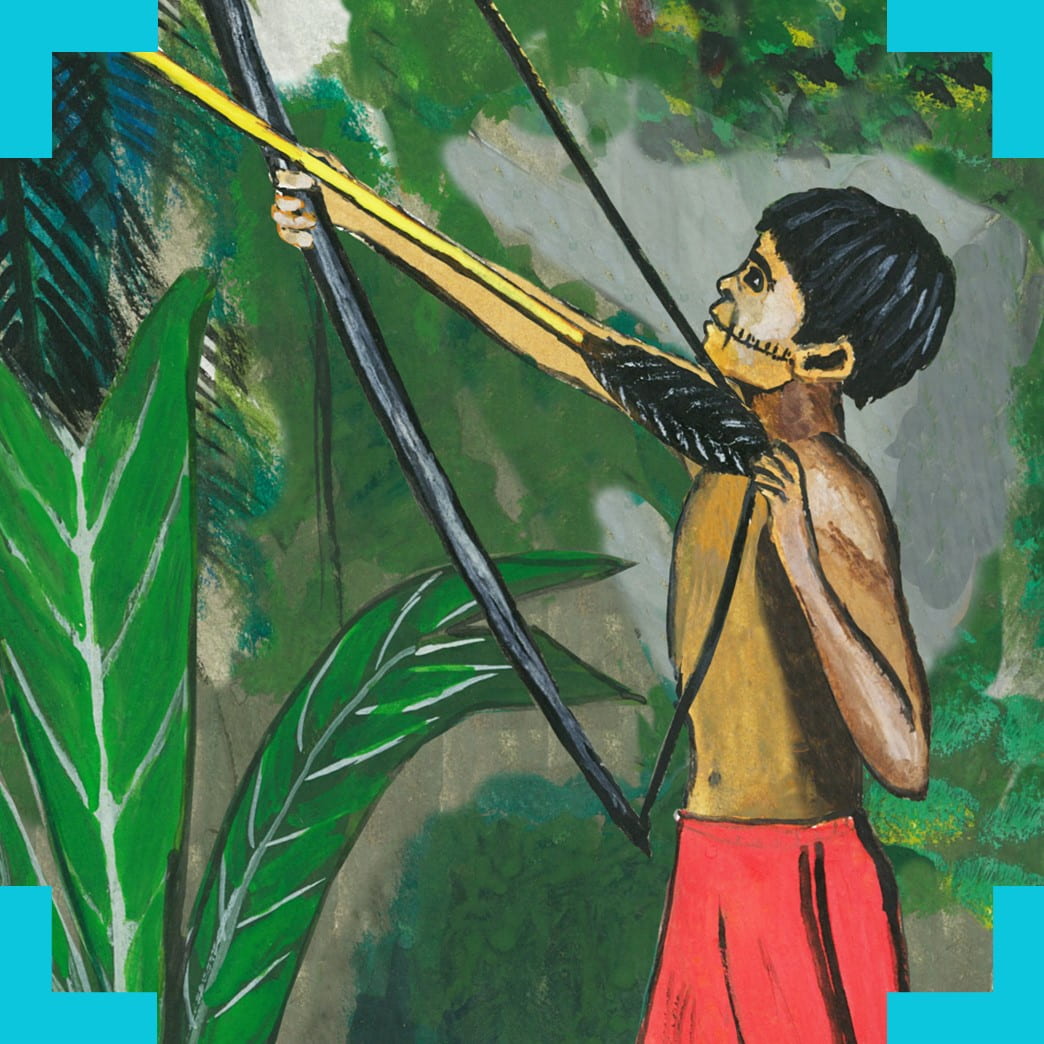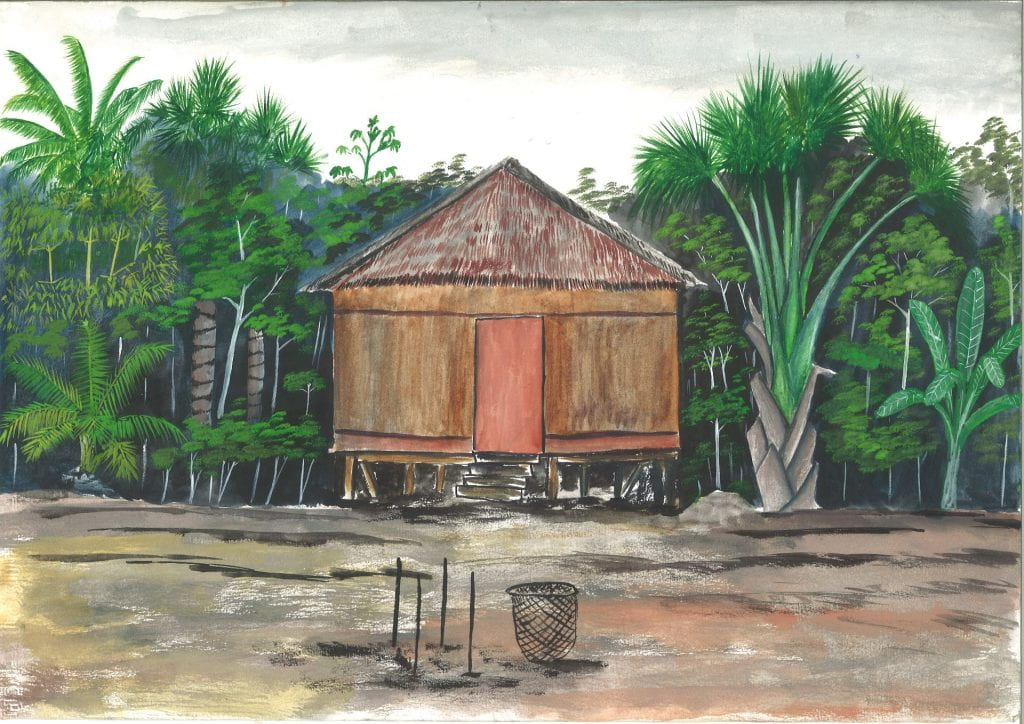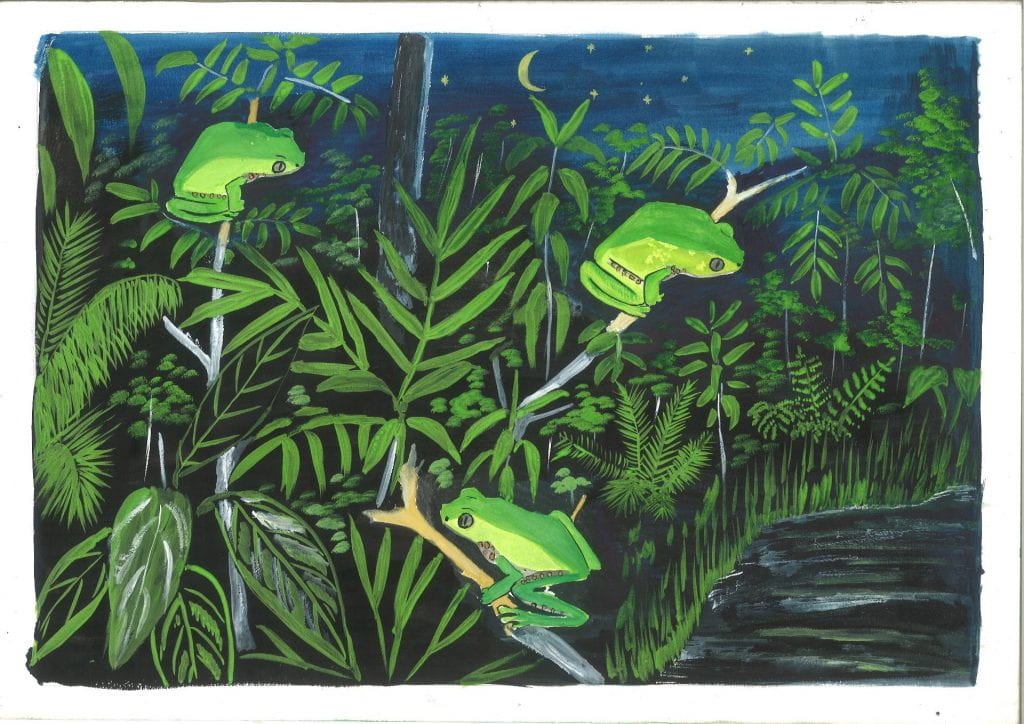Animation for Development: a Bristol-Peru collaboration
Can animation be used as a research method to examine global challenges? Can animation be applied to promote forms of development? This Ideas Exchange seeks to create an international network that uses animation as a research tool to explore the key challenges faced by indigenous Amazonian groups.

What did the project involve?
Bristol is known internationally for its thriving film and animation industry and Peru is currently investing in a growing animation sector. By building a collaboration between researchers and animators in Bristol and Peru, the team examined how marginalised and displaced people can be actively engaged in the production of digital technologies and materials (specifically co-production of animation) and use them for self-representation and to seek wider recognition.
Key challenges were discussed with indigenous leaders, including indigenous people’s sense of living at the margins of economic and technological progress, feelings of exclusion from national urban society and underrepresentation in the wider world. They explored how these issues might be addressed through co-production of animation. The team created connections with academic researchers in Peru, members of the animation industry and indigenous leaders to discuss the ideas for a collaborative animation network. They explored the possibility of using animation as a tool for research and impact and establish an international network called ‘Animation for Development’.
Watch the Animation for Development team sharing and learning the Shipibo language. Camilla and Sophie were given Shipibo names by Shibibo students and took part in a ritual saying them in the Shibibo language.
Who are the team and what do they bring?
- Camilla Morelli (Anthropology and Archaeology) carries out ethnographic fieldwork with the Matses people in Peru. Her anthropological research explores the lives of indigenous children and youth growing up amidst radical social economic change.
- Sophie Marsh, a Bristol-based animator, collaborated with Camilla on British Academy funded project ‘Indigenous Animations’. This project used animation as a method to explore how indigenous children and youth understand themselves in a changing world and to engage them actively in the research process.
- Guillermo Necca Pëmën Menquë is an indigenous Matses artist and illustrator. He is the lead artist who has illustrated and co-produced animations with Camilla and Sophie.
- Members of staff at the Anthropology Department of PUCP, University of Peru.
- Representatives of three indigenous groups: Ashaninka, Matses and Shipibo.
What were the results?
They will use the network to explore possible strategies to enhance the use of animation with indigenous people across Peru and, in the future, Latin America more broadly. The team is currently applying for funding to carry out a project based upon the use of coproduced animation for research and development with indigenous children in Amazonia and elsewhere in the world, so as to expand the breadth of their work.






Project Social Media